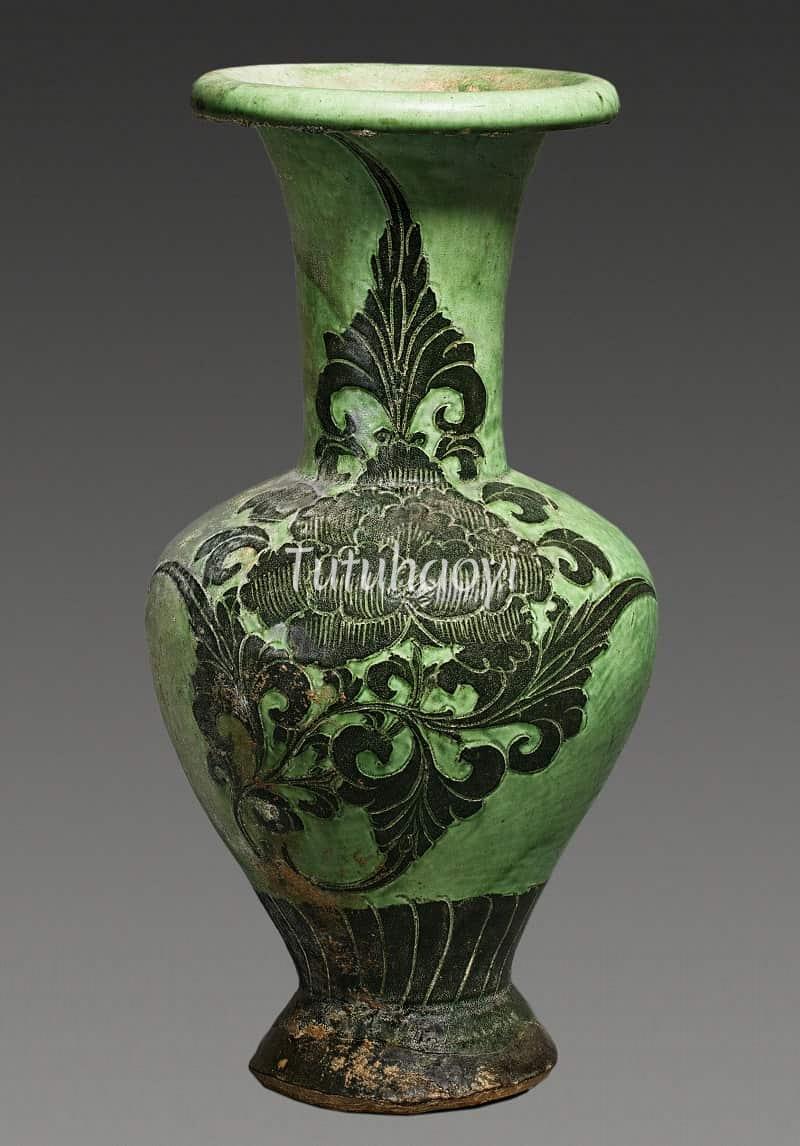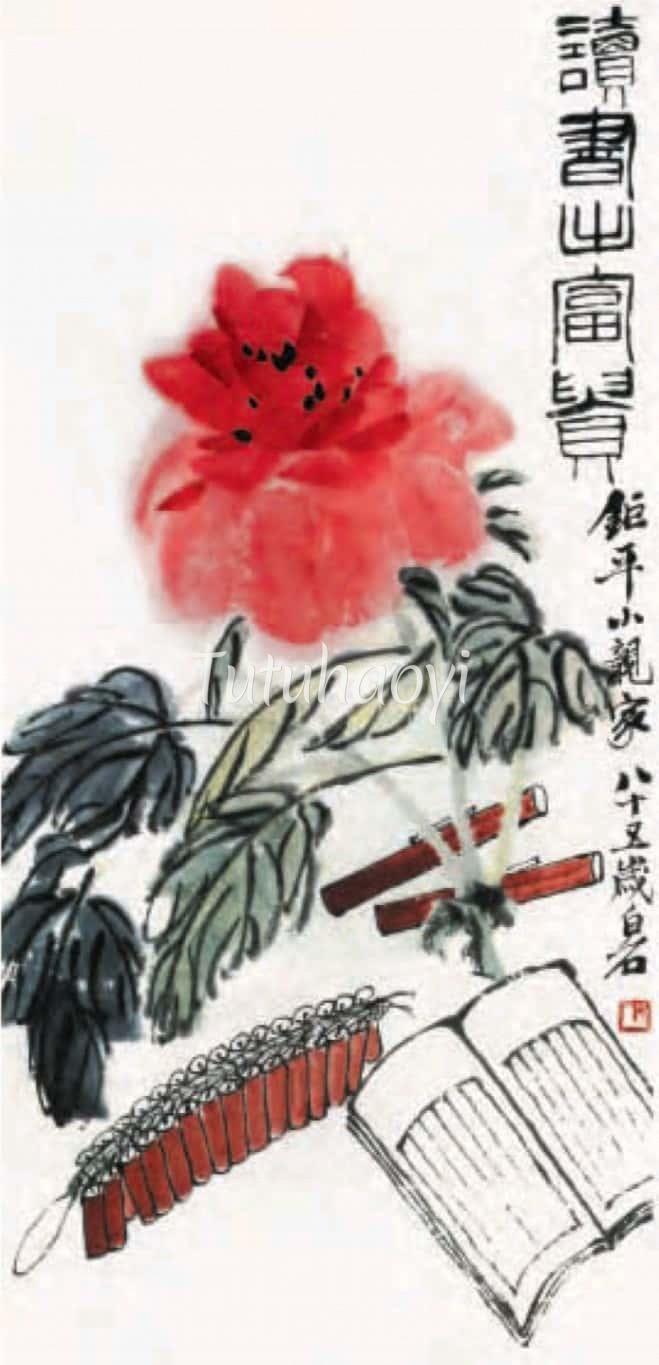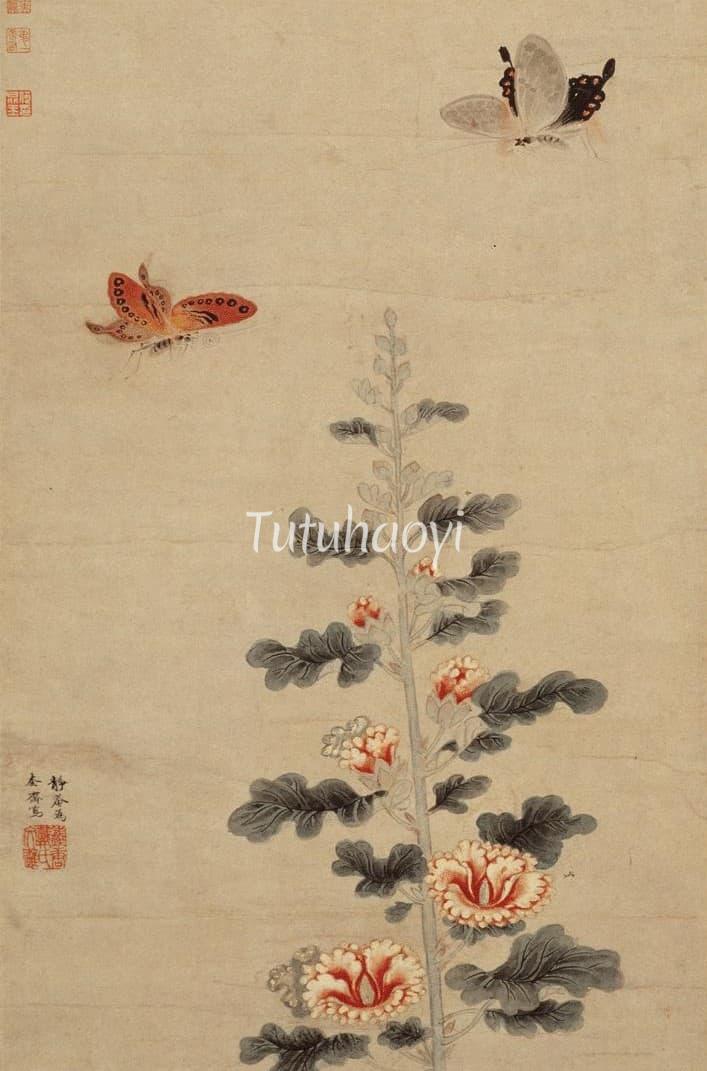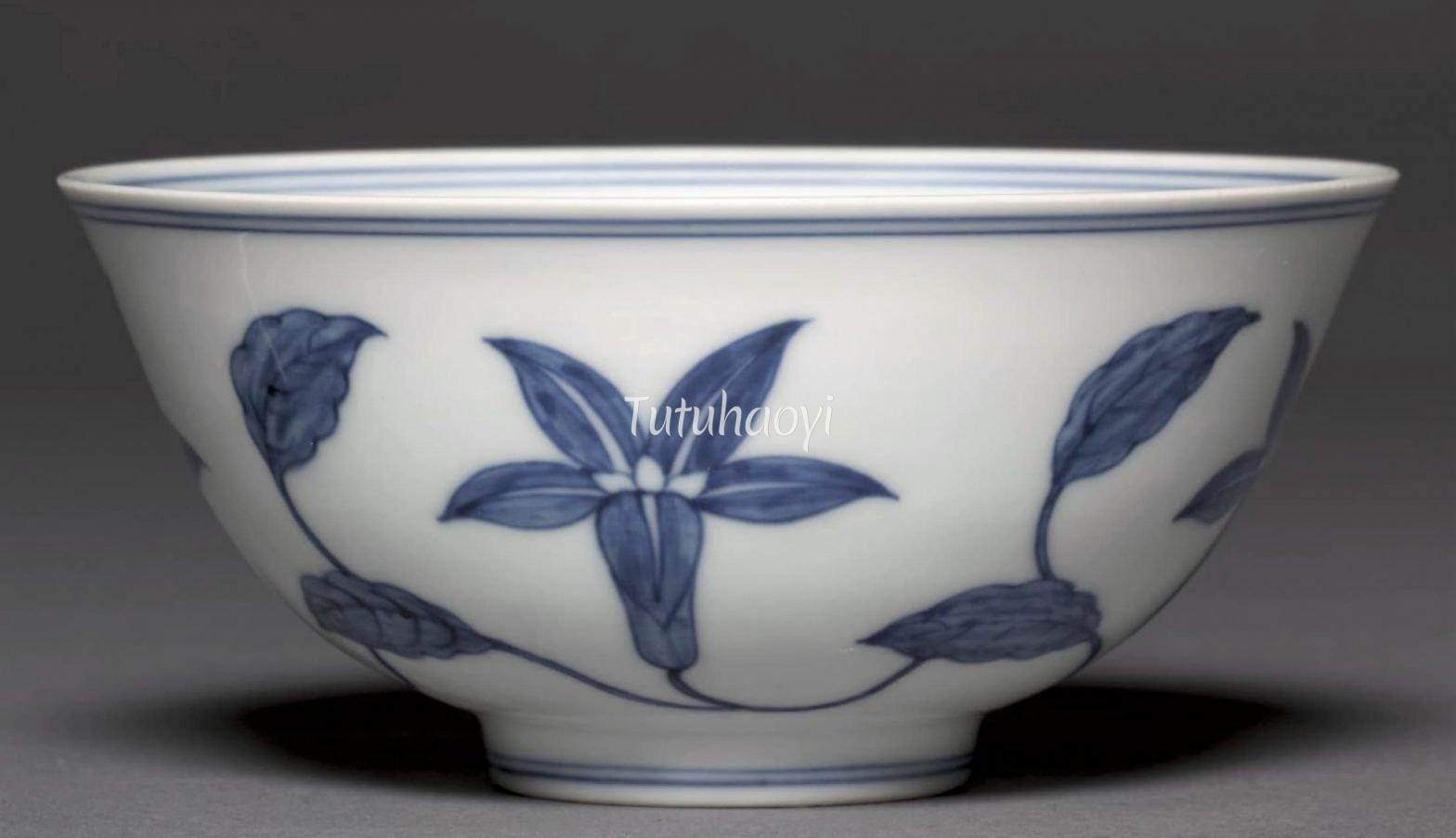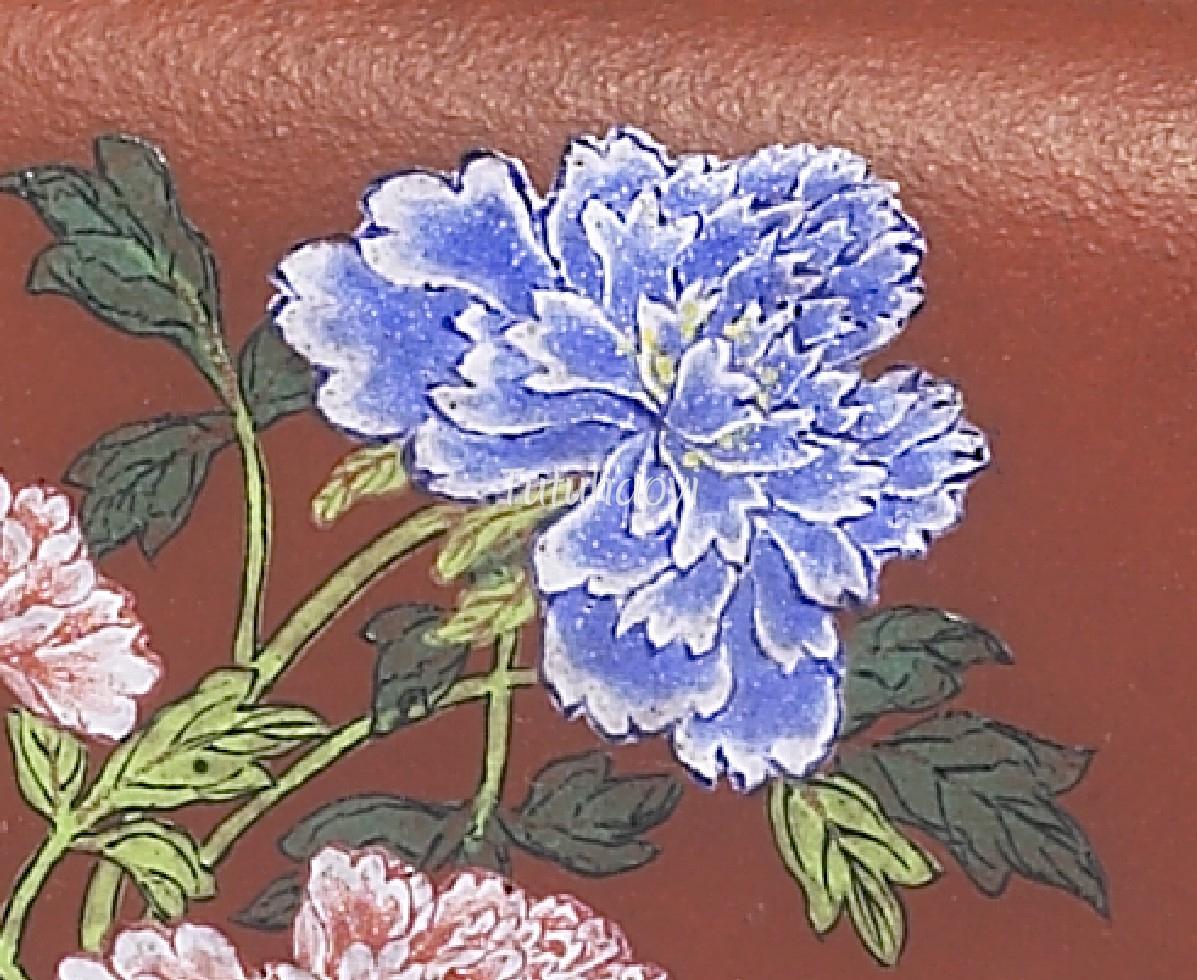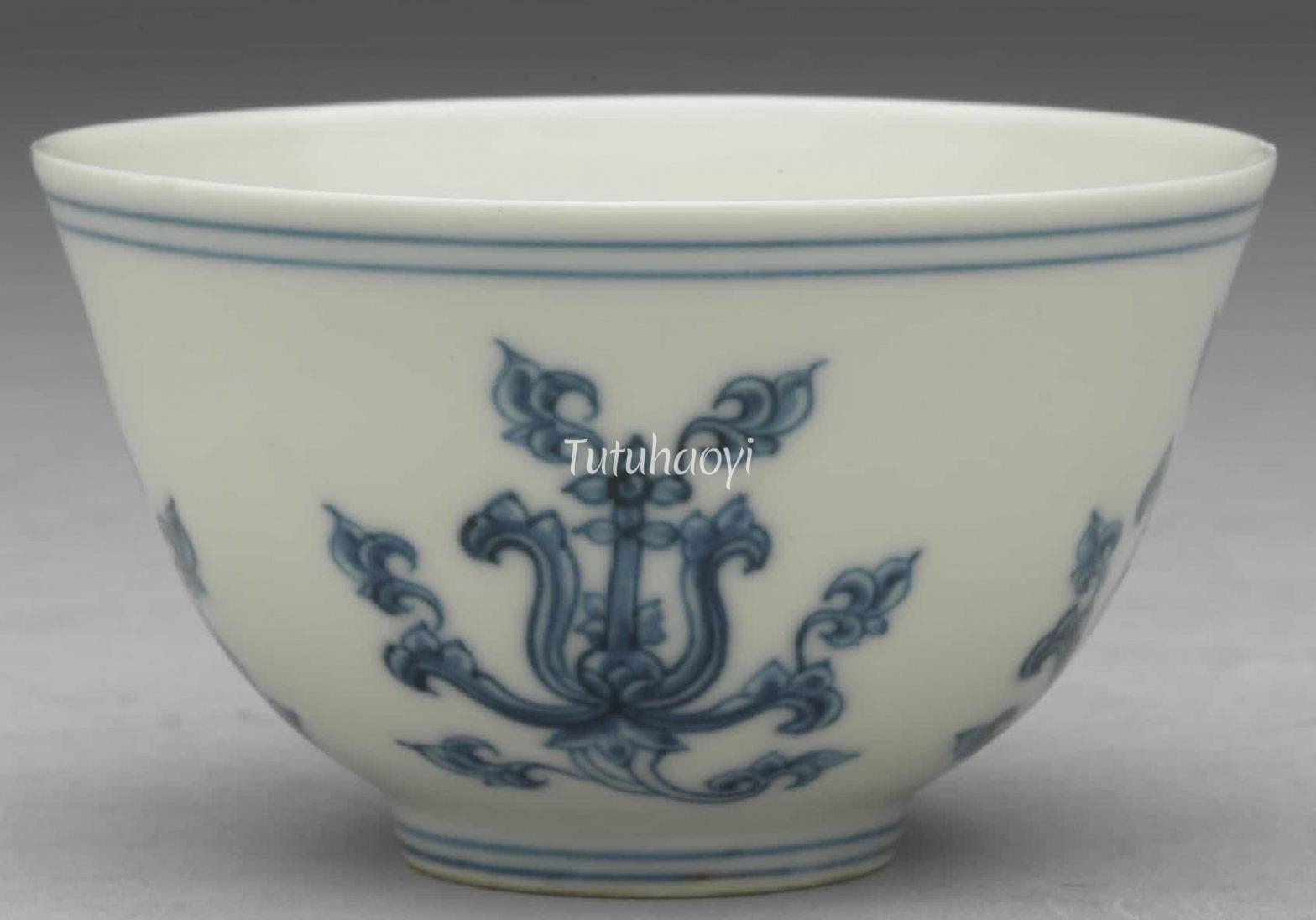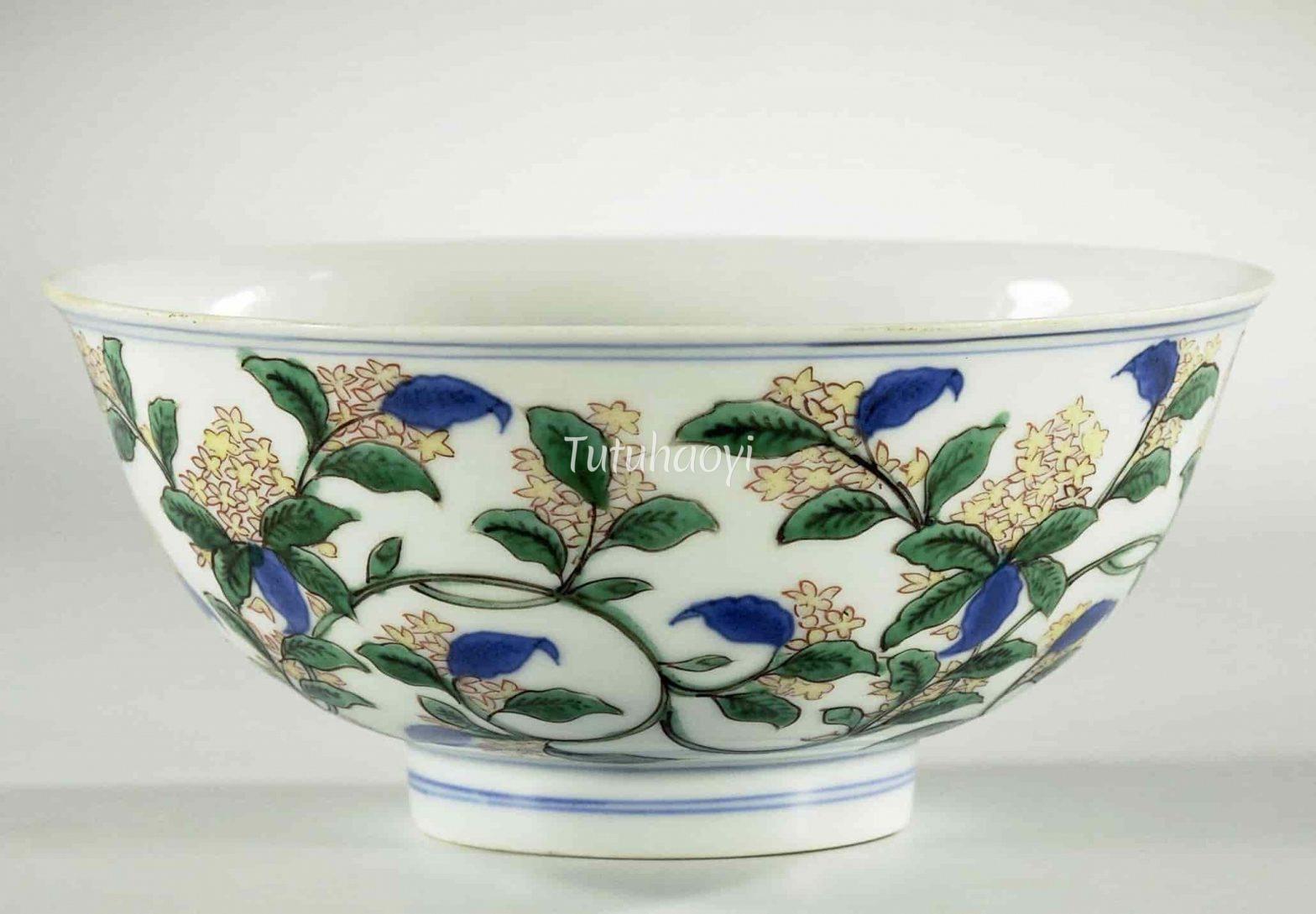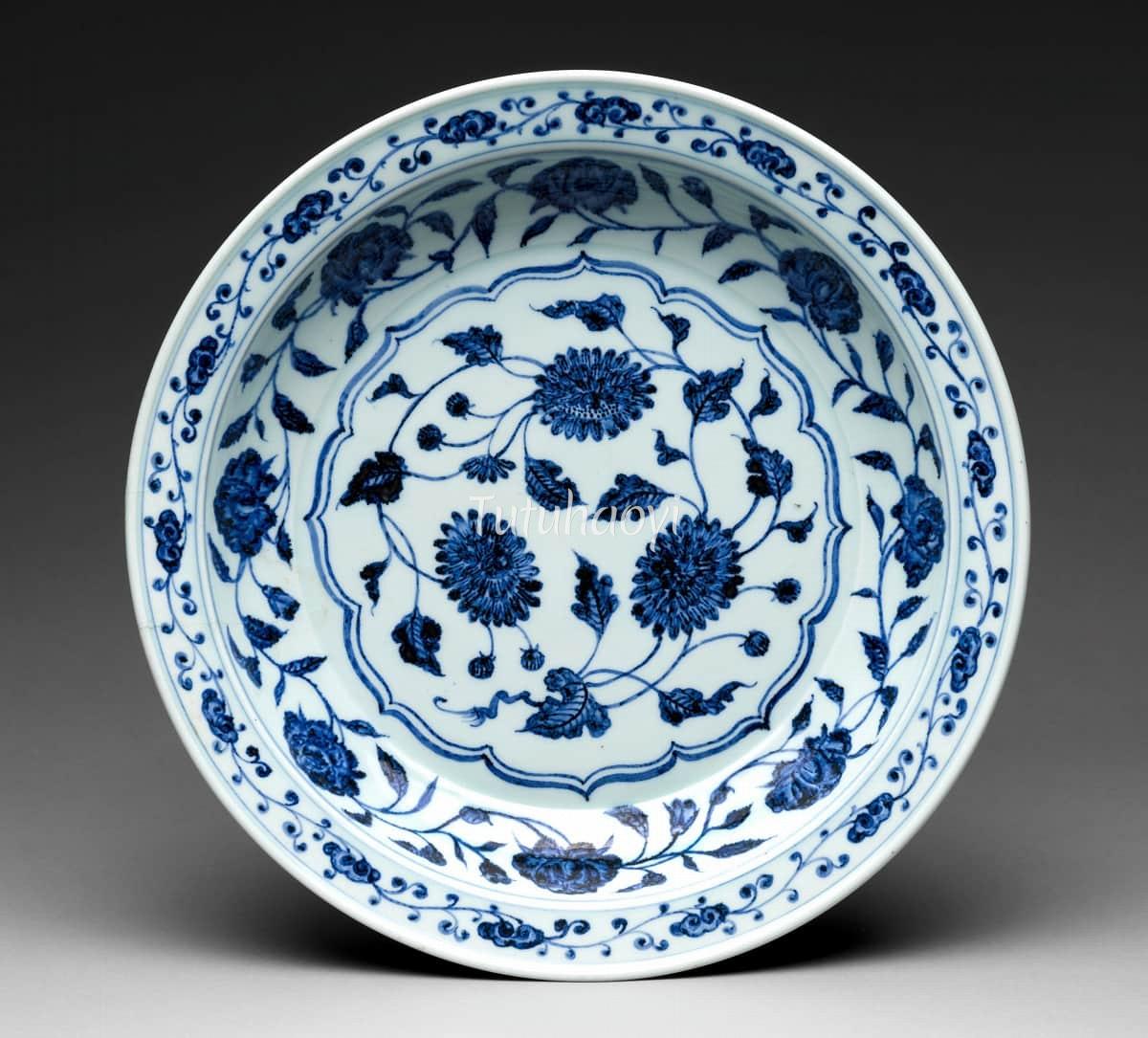- No products in the cart.
Chinese Pinyin: He Hua
Chinese: 荷花
Name Of Image: Lotus (He Hua)
Description:
Lotus flower is one of the most commonly seen motifs in Chinese traditional artworks. It is particularly favoured by scholars because one of its biological characteristics is that it grows out of mud yet blooms pure and untainted flowers, which …


